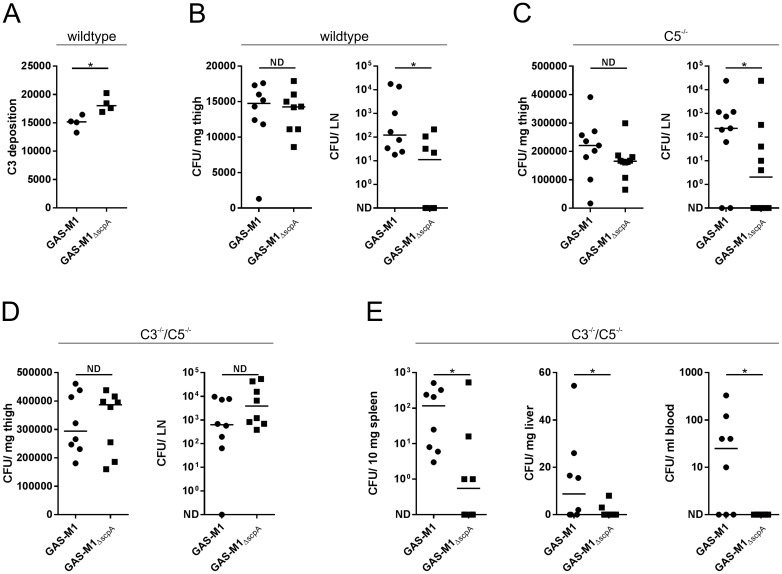Fig 6. ScpA enhances streptococcal pathogenesis in wild type and complement deficient mice.
A) C3 deposition on GAS-M1 and GAS-M1ΔscpA surface was compared following incubation with 50% murine serum. Deposition of C3 on the bacterial surface was quantified using FITC-conjugated anti-mouse C3. Data are presented as fluorescence index (FI), calculated as the proportion of positive bacteria expressed as a percentage multiplied by the gMFI (line depicts median of four technical replicates Mann Whitney U, * = p<0.05). B-D) Characterization of GAS-M1 and GAS-M1ΔscpA dissemination from the site of infection (thigh) to the draining inguinal lymph node (LN) in a murine model of soft tissue infection. Comparison of dissemination in B) wildtype C57BL/6 mice (n = 8/group), C) C5-/- mice (C57BL/6 background) (n = 9/group) and D) C3-/-/C5-/- mice (C57BL/6 background) (n = 8/group). Line depicts median value. (Mann Whitney U, No difference (ND) = p>0.05, * = p<0.05). E) Systemic spread of GAS-M1 and GAS-M1ΔscpA in C3-/-/C5-/-mice. Quantitative culture of bacteria recovered from spleen, liver and blood of infected mice.

